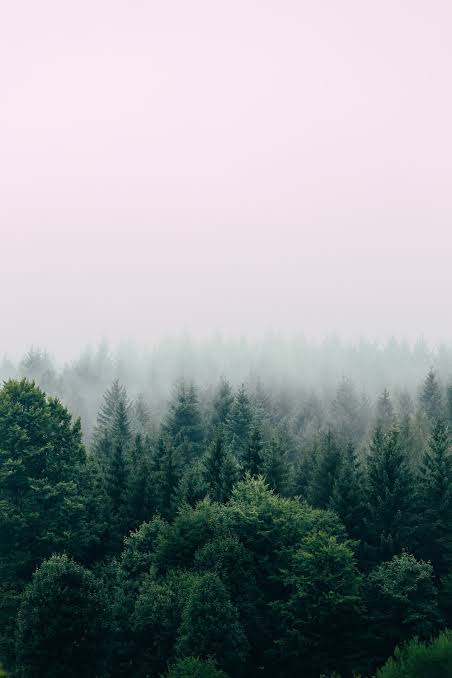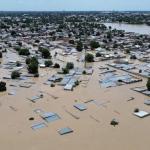A Review of Niyi Osundare’s Deep Green
By Saheed Sunday
Deep green, my testament, as I forage
through this forest of vanished glories,
my memory one shell of naked echoes
Roots have shriveled in
earth's heat-harassed crypt
blighted leaves float in the wind
like flakes of careless scars
Long-limbed lumbermen have
laid low the loins of the land;
the Yes-I birds have left
with their rainbow songs
The desert marches towards the sea,
a haughty, implacable army . . .
Once (not too long ago)
I talked to trees in this forest
and trees talked back to me,
Deep green
After reading TS Eliot’s The Social Functions of Poetry, when I hear poetry, three things always find their way to my mind. These three things, in no particular order, are the communication of pleasure, experiences, and the expression of feelings and emotions. Reading Niyi Osundare’s work, I am usually faced with how he expresses his feelings and experiences in his poem. Although I like to think and believe an artist is to be removed from his art when in search of interpretation— that is, “trust the tale; not the storyteller”, Niyi Osundare appears to be quite conscious and intentional with his art and what meaning it gives off.
In his poem, Deep Green, itt was exactly at the first read that I saw what beauty Osundare had infused into this particular poem, and it became my favourite. One thing I have begun to love in poetry is the perfect representation of an image. It doesn’t matter how many images there are, as long as the poet presents each of the images well enough to stick. I remember seeing that unity of image in one of Dannie Abse’s poems, and Randall Jarrell’s Protocols. It gets even more interesting when that image is one that is relatable. So, you should understand one of the reasons why Deep Green became my favourite when I saw that unity in his images.
It will interest you to know that Osundare’s Deep Green is a poem that revolves around the issue of deforestation. The title, itself, is a medium through which he plunges us into the poem, depicting an image of a thick forest with just two words: deep and green. However, the exposition of the poem about the motif of deforestation didn’t happen until the second line. The line ‘this forest of vanished glories’ heavily foregrounds the loss of the greenery the poet’s persona had mentioned in the first line. Thus, we can assume that that same forest which was full of trees before now have none again.
Osundare further gives us other pointers with such statements as ‘roots have shriveled’ and ‘blighted leaves float’. The former, positing the aftermath of trees being uprooted; the latter, positing an image of dead trees where wilted leaves fly the wind.
The line, in the poem, that vividly connects all of the images in the poem to the motif of deforestation is probably, ‘Long-limbed lumbermen have laid low the loins of the land;’. Herein, the poet’s person foregrounds the image of a lumberman (a person who fells trees and cuts them into logs) felling trees — which Osundare considers to be the ‘loins of the land’. The aftermath of this action, to the poets persona, is that the birds lose their homes, and humans also lose the chance to listen to them sing.
Finally, Osundare gives a critical warning in his poem Deep Green to those who practise deforestation. His warning is that because of this action, ‘The desert marches towards the sea’. Thus, when we lose all the trees around, how long before everything in the environment loses its life?





